13 Ways You’re Accidentally Killing Your Snake Plant
A healthy snake plant can brighten any room, but it may start showing signs of distress without warning. Whether the leaves are turning soft, curling, or losing color, there is likely an issue with care. Many plant owners deal with these problems at some point, especially when small details are overlooked. Take a moment to explore what might be happening and how you can treat it quickly.
This post may contain affiliate links, which helps keep this content free. Please read our disclosure for more info.
Overwatering
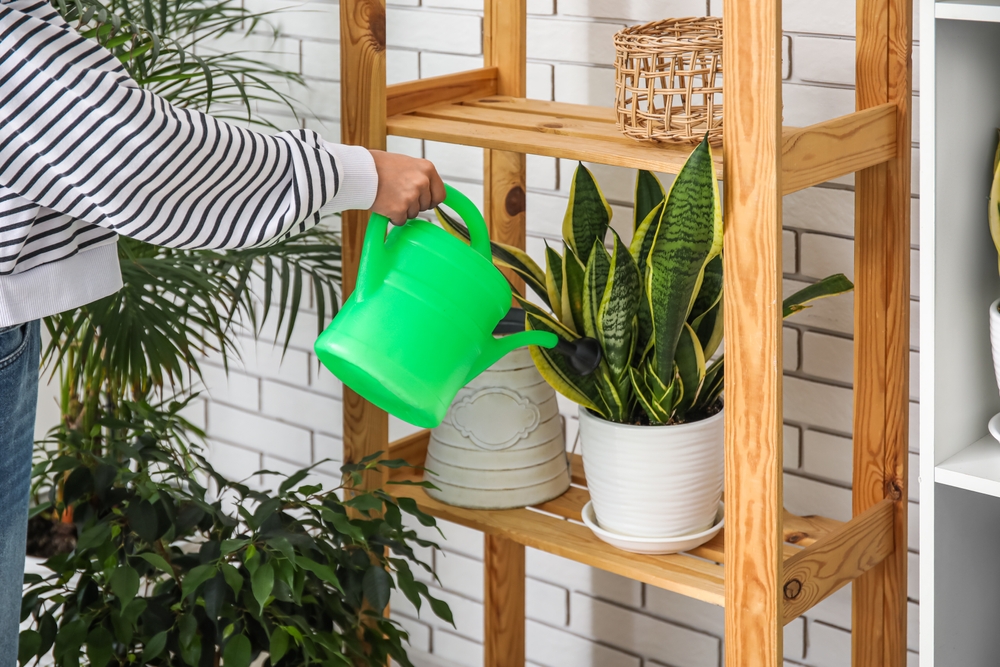
Snake plants are sensitive to too much water, and soggy soil can cause the roots to rot. You may notice yellow leaves, mushy stems, or a foul smell coming from the pot. This often happens when the plant is watered too often or sits in a container without drainage. Root rot can spread quickly if not addressed.
To fix this, stop watering right away and check the roots. Cut away any black or mushy parts with clean scissors. Repot the plant in fresh, dry soil with a container that allows water to drain. Going forward, water only when the soil is completely dry.
Underwatering
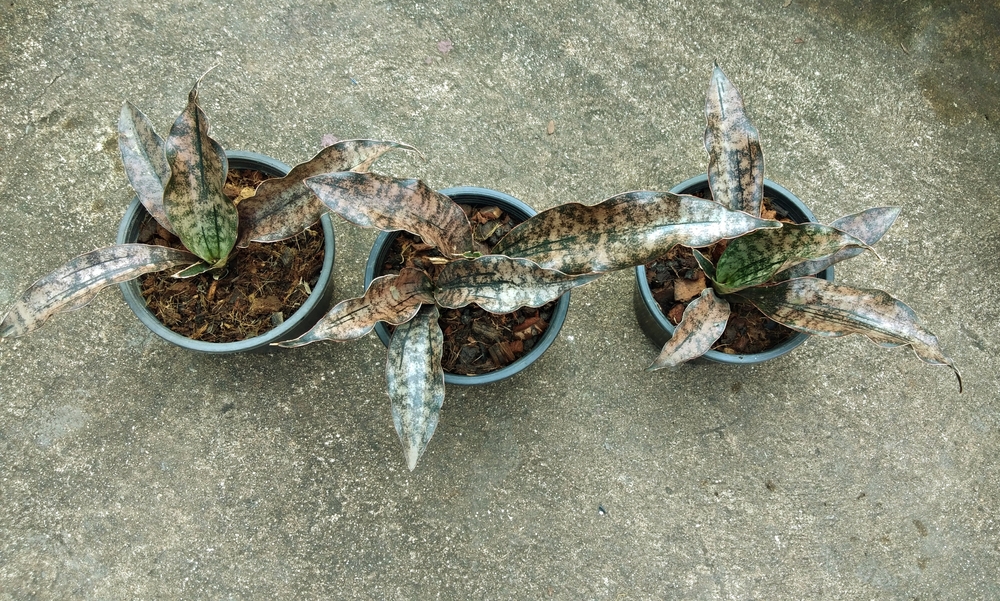
Dry, crispy leaves and slow growth are signs that your snake plant is not getting enough water. If the plant stays dry for too long, it can become weak and brittle. This often happens in warmer months or when the soil pulls away from the pot edges. You may also notice browning on the leaf tips.
To treat this, give the plant a slow and thorough drink. Let the water drain out fully, and check again in one to two weeks. Regularly check the soil and water when the top layer feels dry. Keep a consistent schedule without overdoing it.
Poor Drainage

Even with the right watering habits, poor drainage can trap excess moisture. If your pot has no holes or the soil holds too much water, the roots will suffer. Symptoms include soft leaves, mildew on the surface, or a pot that feels heavy for its size. This condition can cause long-term damage to the plant.
You can solve this by switching to a fast-draining potting mix. Choose one that includes perlite, sand, or bark to help water pass through easily. Always use a container with holes at the bottom. Avoid letting water sit in saucers or trays.
Too Much Direct Sunlight
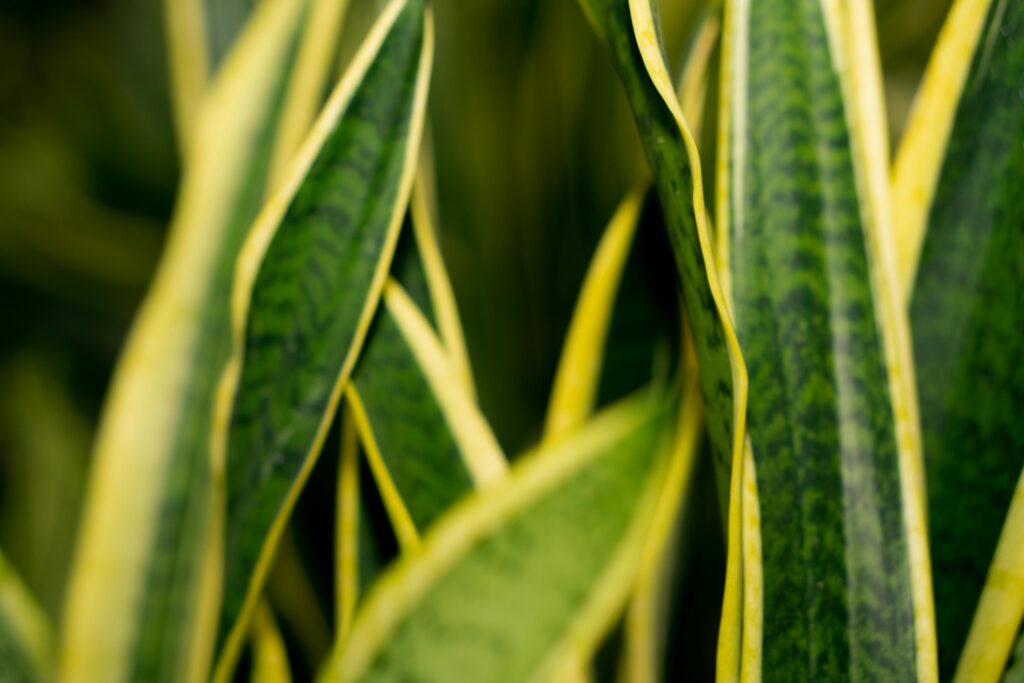
Snake plants prefer bright but indirect light. If they sit in strong sun for hours, their leaves can become faded or scorched. You may see brown patches, curling, or dry spots along the edges. Sunburned leaves will not heal and may need to be trimmed.
To help your plant, move it to a spot with filtered light or light shade. A few feet away from a sunny window is ideal. If indoors, use sheer curtains to soften harsh rays. New growth should appear healthier and more upright.
Not Enough Light

While snake plants can survive low light, they need some natural light to stay healthy. Without enough, they may look stretched, droopy, or lose their rich green color. Growth will slow down, and the plant may become uneven. This happens often in windowless rooms or corners.
To correct this, place the plant in a brighter area with indirect light. A north-facing or east-facing window works well. If natural light is not available, use a grow light for several hours a day. The plant will respond with firmer and more colorful leaves.
Cold Temperatures
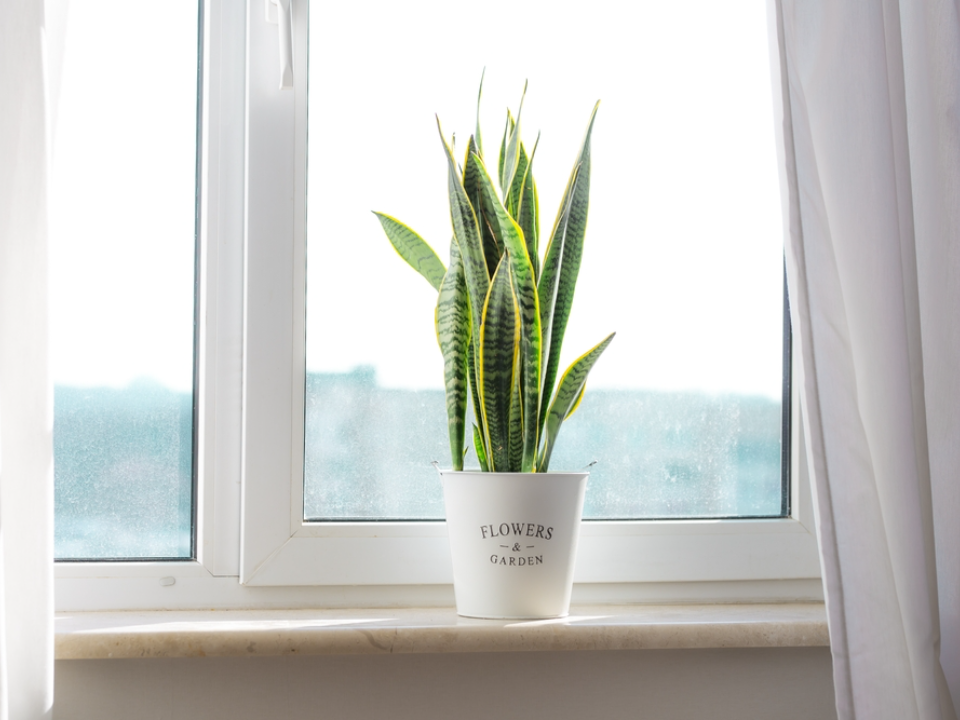
Snake plants are sensitive to cold air and sudden drops in temperature. If left near drafty windows or exposed to chilly weather, the leaves may soften or darken. You might notice signs of wilting or slow recovery after a cold spell. These symptoms usually appear after temperatures fall below 50 degrees F (10 degrees C).
To fix this, move the plant away from doors, vents, and cold windows. Keep the room temperature between 65°F and 85°F. If damaged, remove soft leaves and wait for new growth. Be extra cautious during winter months.
Pest Infestation
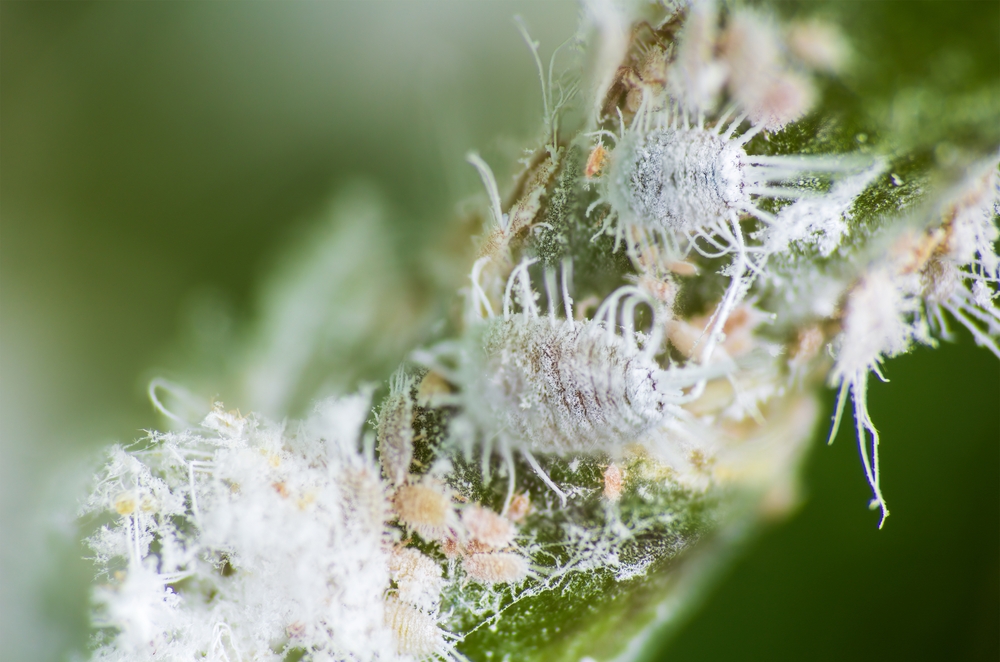
Common pests such as mealybugs, spider mites, and thrips can attack snake plants. These pests feed on the sap and weaken the leaves, leaving behind small holes or sticky residue. You may also see fine webbing or cotton-like clumps. Infestations spread faster in dry and dusty environments.
Wipe the leaves with a damp cloth and inspect closely. Use insecticidal soap or neem oil to treat the plant once a week. Isolate the plant from others until the problem is under control. Keep the area clean and dust-free to help prevent a return.
Root Bound
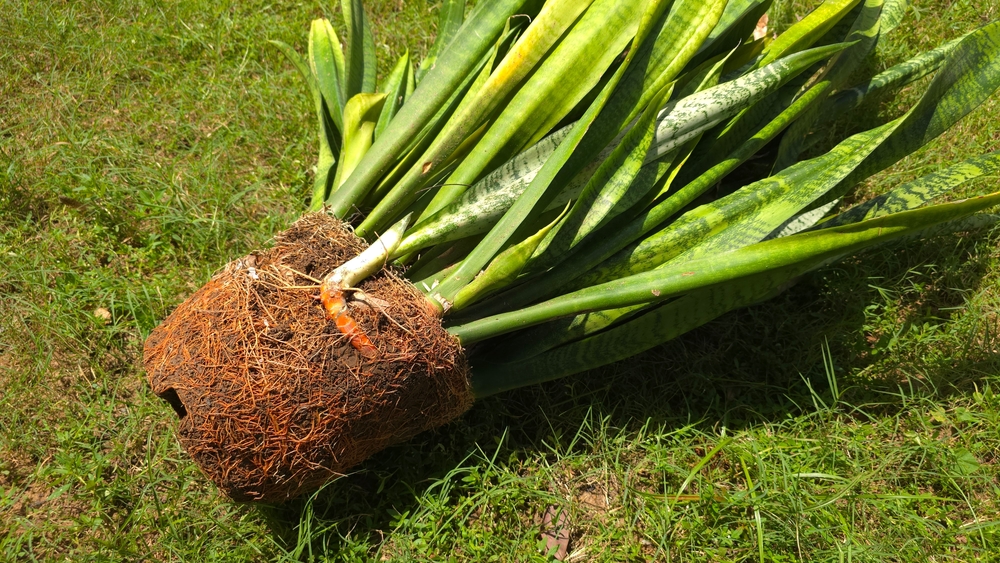
A snake plant that outgrows its pot may become root bound. This means the roots circle around and crowd the container, leaving little room for soil or moisture. You may see the pot bulge or roots poking out from the bottom. Growth slows down and leaves may droop or wrinkle.
To treat this, remove the plant and check for tightly packed roots. Gently loosen them and replant into a pot that is one size larger. Add fresh soil and water lightly. Give the plant time to adjust to its new space.
Fertilizer Burn
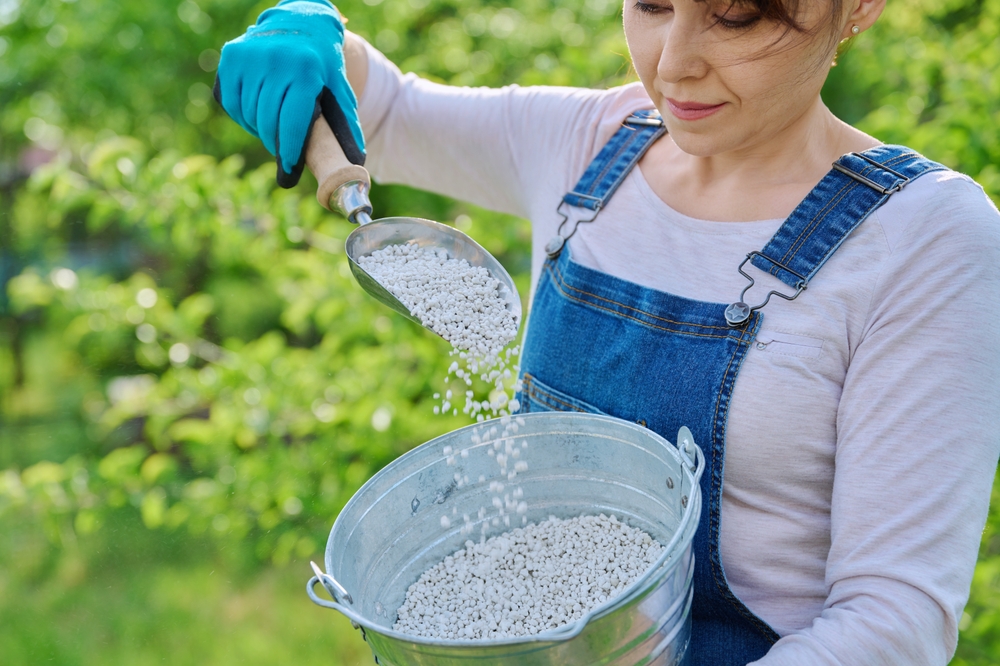
Feeding a snake plant too often or with strong fertilizer can cause fertilizer burn. The tips of the leaves may turn brown, and you might see crusty white residue on the soil. This happens when salts from fertilizer build up over time. The plant may look dry even when it is watered.
Flush the soil with clean water to wash out extra fertilizer. Let it drain fully and avoid feeding the plant for a month. When needed, use a diluted liquid fertilizer during the growing season. One feeding every two months is enough.
Using the Wrong Soil
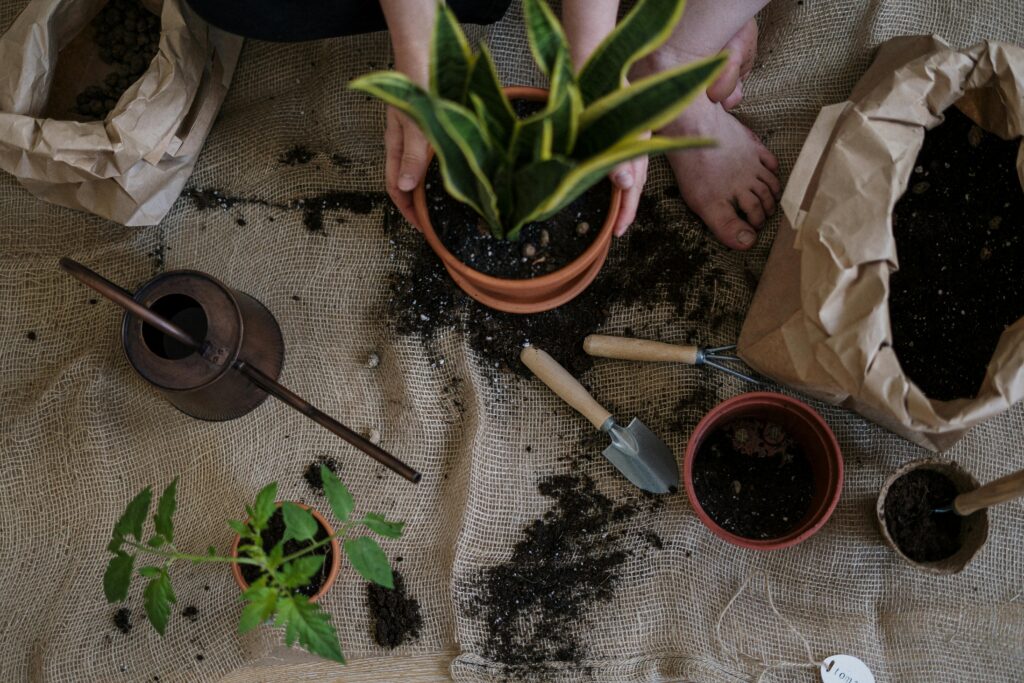
Snake plants do best in fast-draining soil. Heavy or clay-like mixes hold moisture for too long, leading to rot. If the soil stays wet for days, the roots may become stressed. You may notice stunted growth or yellowing leaves.
Switch to a cactus or succulent mix for better results. These mixes dry out faster and support healthy roots. Add sand or perlite if needed. Good soil keeps the plant strong and reduces problems over time.
Crowded Leaves

When too many leaves grow in one area, air cannot circulate well. This can lead to trapped moisture, mold, or blocked light. You may notice weak or pale leaves in the middle. Crowding can also hide early signs of disease.
To solve this, trim older or damaged leaves using clean scissors. Space the remaining leaves gently to allow better airflow. Repot if the plant is too dense for its container. Regular trimming helps the plant grow evenly.
Poor Water Quality
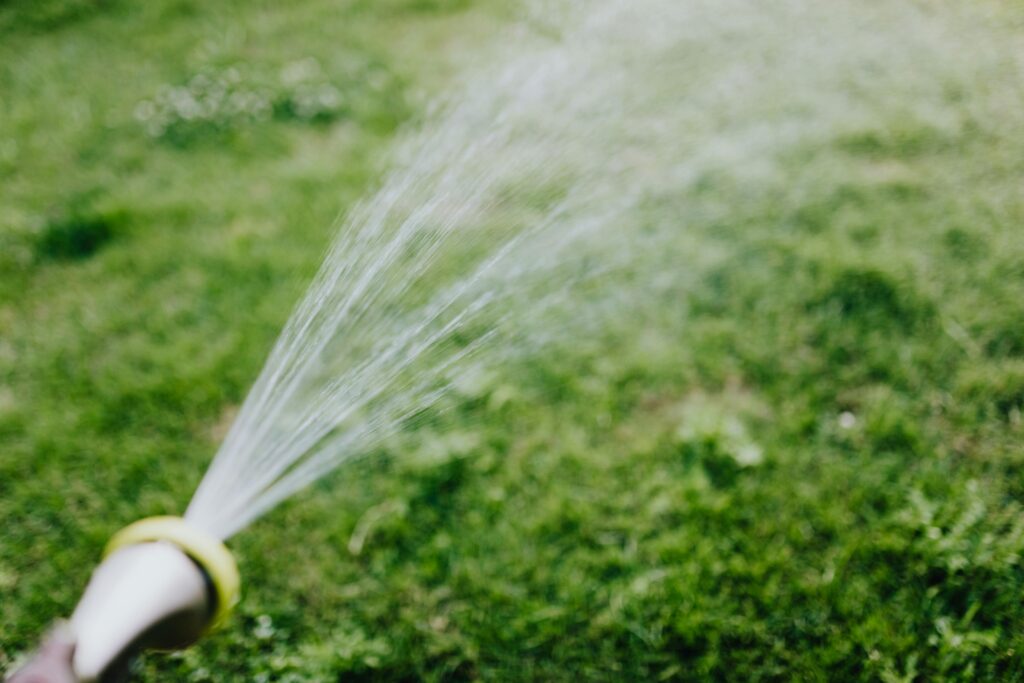
Using hard water or water with high chlorine levels can damage snake plants. Over time, mineral buildup may appear on the leaves or soil surface. You might see spotting, leaf edge burns, or sluggish growth. Tap water in some areas contains elements that stress the roots.
Use filtered, rain, or distilled water for better results. Let tap water sit overnight before using it. This allows some of the chlorine to evaporate. A simple change in water can improve the plant’s condition.
Physical Damage
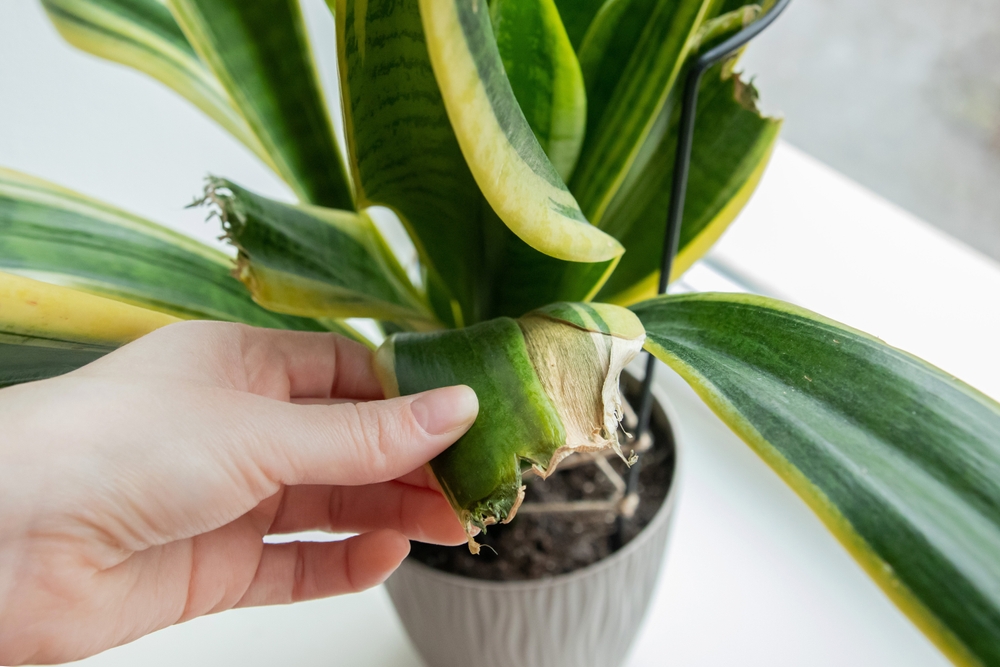
Rough handling or bumping the plant during moves can break or bruise the leaves. These injuries may cause sections to bend, wrinkle, or die off. If the damaged areas stay moist, it can lead to rot. Physical harm often goes unnoticed until the leaf begins to collapse.
Trim any damaged parts and avoid moving the plant too often. Keep it in a stable spot with good light and limited traffic. Watch for signs of soft spots or browning. Being gentle can help the plant stay healthy.
It is possible to bring your snake plant back to good health with the right steps. Paying attention to light, water, and airflow can make a big difference. Avoid common mistakes and keep an eye on any changes in your plant. With the proper care, your snake plant can stay strong and continue to brighten your space.
This article originally appeared on Avocadu.
